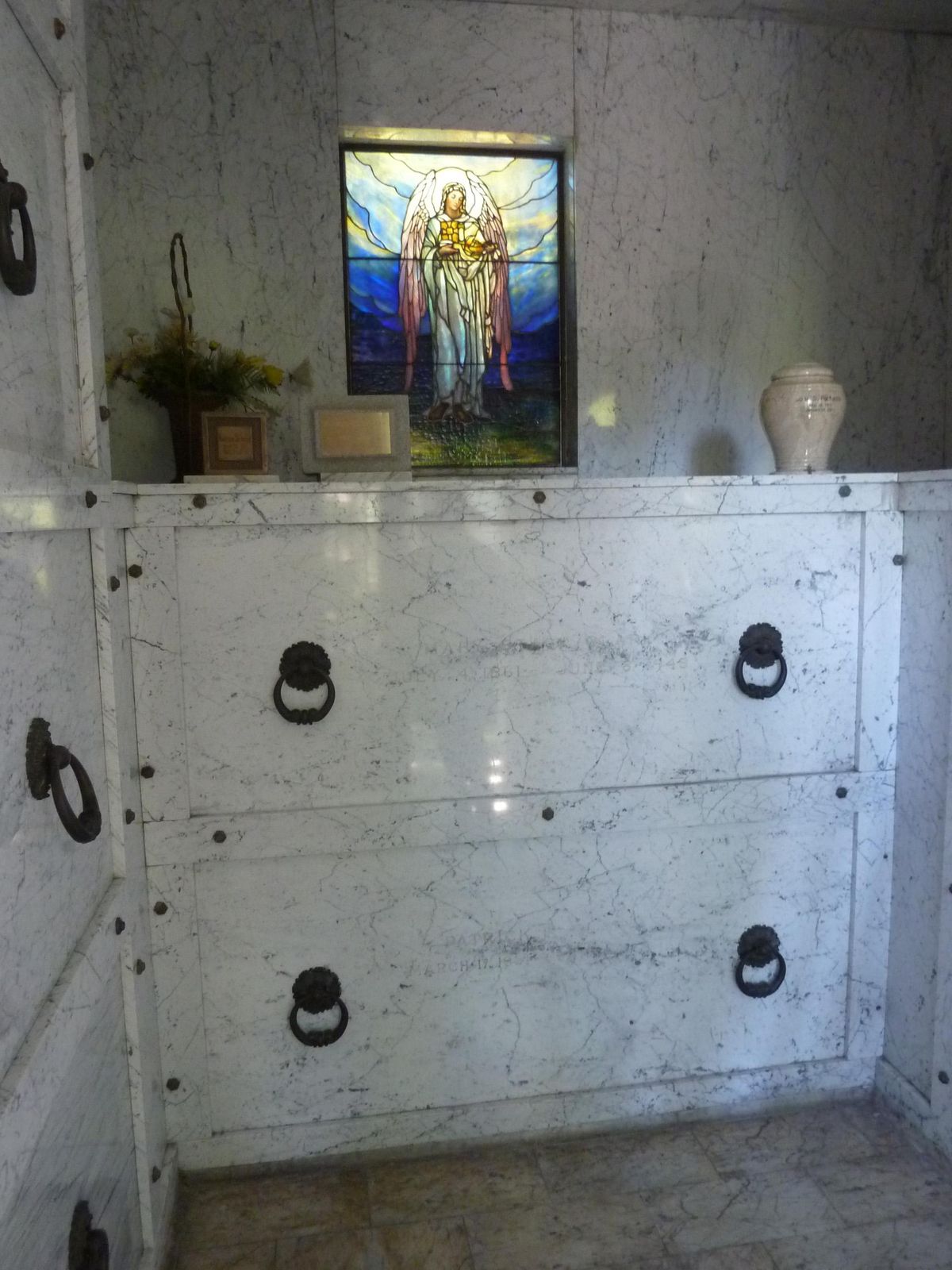Landmarks: Patsy Clark, brother close in life and death
Patsy Clark’s Mansion in Spokane’s Browne’s Addition. (Dan Pelle / The Spokesman-Review)Buy a print of this photo
The story of Patrick “Patsy” Clark is broader than just that of a successful mining baron who built a beautiful mansion in Spokane’s Browne’s Addition. It’s also about an Irish family’s immigration to America and, more so, about how two brothers built a fortune and remained close through life and death.
Clark’s impact in Spokane is probably most visible today in the Kirtland Cutter-designed Patsy Clark Mansion facing Coeur d’Alene Park that served as his family home until both he and his wife died. But in his lifetime, Clark became one of the most widely known mining pioneers in the country, opening or operating mines throughout the Northwest and British Columbia, including the famous Anaconda and Hecla mines.
There has been some confusion as to when he was born, but John Richards, Clark’s great-grandson, has done extensive research and found official paperwork showing he was born on St. Patrick’s Day in Belfast, Ireland, in 1851. He came to America in 1871, most likely with his older brother James, Richards said. Before heading out for the gold fields of California, the brothers lived in Pennsylvania with a sister who had emigrated before them.
Throughout much of their lives, Patsy and James worked and traveled together for work in mining. Although with successes of his own, James often took over the running of a mine after Patsy had established it and run it himself.
“Patsy was definitely a double-A type of person and was the captain of everything,” said Richards, who authored “Patsy Clark, Mining Pioneer,” published by the Spokane Corral of Westerners. He is completing a fuller work about his famous relative, “The Life and Times of Patsy Clark,” which he hopes to publish in 2017.
After work in California, the brothers worked mines in other states, and it was in Utah that Clark met copper mining baron (and fellow Irishman) Marcus Daly, who hired him as foreman and later superintendent of the Ophir Mine.
Daly, who was getting ready to head to Montana, was impressed with the young Clark’s work ethic, even taking him in his buckboard to the nearest town so Clark could send his wages to his mother back in Ireland. The money he sent helped to bring his mother and remaining siblings to America, all of whom were here by 1881.
According to Richards, Daly offered Clark work if he could get himself to Montana. “That’s the most amazing thing,” Richards said. “Patsy and James walked all the way from Utah to Butte.”
In Montana, Clark managed the Alice Mine, became superintendent of the Moulton Mine and Anaconda Mine (James worked as a miner) and met and married Mary Stack, also from Ireland, on St. Patrick’s Day in 1881. Their first child, who they named Mary, was born the next year but died in 1883.
After seven years with Daly, Clark moved to the Coeur d’Alene mining district and had great successes with the Hecla Mining Co. and others, including the Poorman Mine, to which he brought electricity to light the mine and operate the equipment. It was one of the first mines to be electrified.
There were other ventures in Washington, such as the Republic Mine, and in British Columbia, where James was superintendent of the War Eagle Mine, and elsewhere. Clark experienced highs and lows in his mining career, including violence between union and non-union miners and his lawsuit against Charles Sweeny over mine ownership. This included the Poorman Mine, which saw Clark’s brother Thomas going into the disputed mine to extract ore for analysis. The courts ruled against Clark’s claim.
But that is just one of the connections between these mining magnates. Clark was generous to the Catholic Church, as was Sweeny. Sweeny donated the land for Our Lady of Lourdes Cathedral, and Patsy purchased for it a 60,000-pound altar for $15,000 that was shipped from Italy, and also donated a baptismal fount and stained glass windows, Richards said.
In 1887, Clark settled his family in Spokane. Brother James built his own mansion at 2308 W. Third Ave. in Browne’s Addition in 1896; by 1898 Clark’s new Cutter mansion was ready for occupancy just around the corner at 2208 W. Second Ave. Their mother lived with Clark until her death.
James died of cancer in 1901 at age 51. He was interred in the James Clark mausoleum at Fairmount Memorial Gardens in what was then the Catholic section. Patsy died of a heart attack in 1915 at age 64 and was first laid to rest in his brother’s mausoleum. However, Richards said, $16,000 had been allocated in his estate for a mausoleum, which was erected next to his brother’s, and he was moved there.
He was joined there by wife Mary in 1948. Also moved to the mausoleum were the remains of their infant daughter who died in Montana, infant son Thomas and Clark’s mother. Other family members have been interred there as well. There are two drawers that are vacant, and Richards said that someday he and his family and his sister Sharon Livengood and her family will be interred there as well.
Richards said that every Memorial Day weekend the interior of the mausoleum is cleaned and they place flowers outside. All of Clark’s siblings, except for one sister in Pennsylvania, are buried at Fairmount.
And so is Sweeny, whose own mausoleum stands just across the road facing Clark’s.


